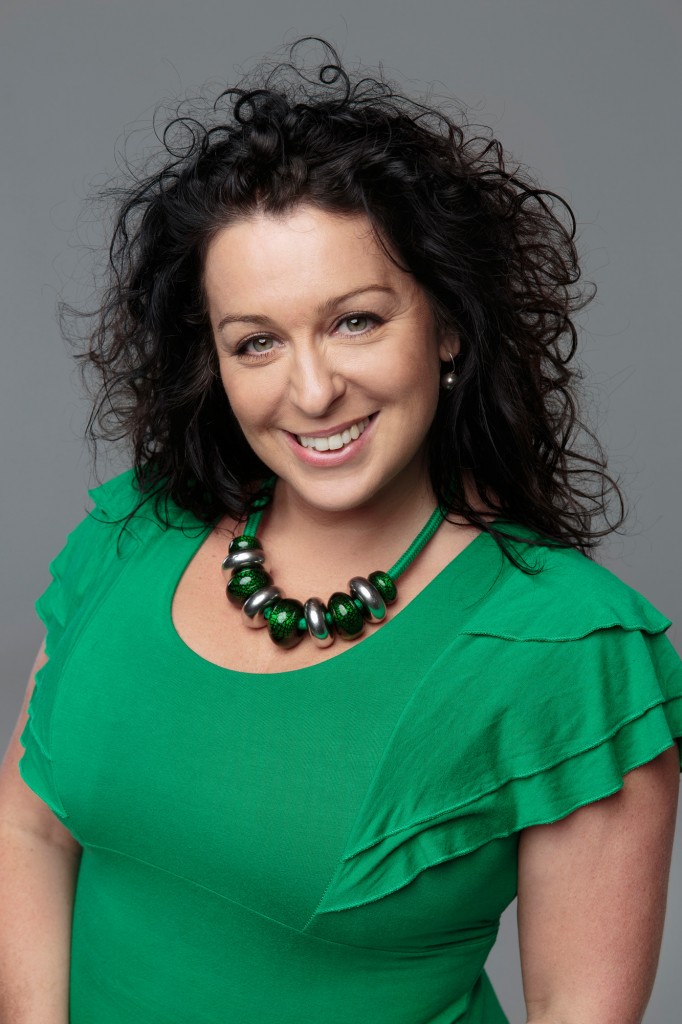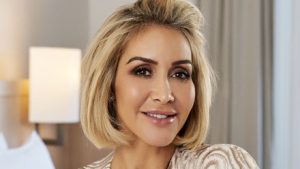Archer Asks: Cyndi Darnell, sex & relationship specialist, and creator of The Atlas of Erotic Anatomy & Arousal
By: Archer Magazine

Cyndi Darnell is one of Australia’s leading qualified sex therapists and educators, spearheading progressive and inclusive sex education workshops and seminars for adults. She has a passion for speaking, public sex education and has presented her work to acclaim across Australia as well as London, NYC and L.A. Archer caught up with her to talk about her latest project, the Atlas of Erotic Anatomy & Arousal video series.
A: What is the Atlas of Erotic Anatomy & Arousal?
CD: A five part online video series designed to give you all the information you need about how our bodies work from a sex and pleasure perspective, not a reproduction perspective. Its the first and only product of its kind in the world and I am really proud of that fact. It’s an advanced guide to sexual anatomy that is relevant to giving and receiving erotic pleasure. The modules combined offer over 2.5 hours of information that you can start to use immediately. Nothing sleazy – just great info – straight up!
A: What made you decide to create it?
CD: In my work as a sex therapist I was endlessly questioned by young people (and older) about why they were (or weren’t) experiencing the sensations they experience during sex and why they weren’t like ‘other people’. It became very apparent to me there was an enormous gap in people’s knowledge about how sex works at a basic level. If we get sex ed at school, its about making babies… but who has sex to make a baby? Very few people! There are a million reasons people have sex, and pleasure and connection are often the two most popular – so why not teach sexual anatomy with that in the front of our minds, as for most of us; that’s why we do it. Its about making sex education real and relevant and addressing the questions people really have about sex so they can experience more pleasure and less shame.
A: How does your work (generally, and the Atlas) incorporate sexually and gender diverse people? Why is a resource like this important for queer people?
CD: This is an important resource because it addresses sexual anatomy at an anatomical level and not at a gender level. This means the modules are purposely titled to be broad, gender inclusive, and they focus on the anatomy and not the gender. References throughout the modules use a variety of pronouns to explain and explore how the body works and how certain beliefs about gender can actually inhibit us from experiencing greater variety in our sex practices because we get too caught up in trying to have sex like a ‘real man’ or a ‘real woman’ – whatever those things even are. The Atlas helps to bust a lot of myths about ‘men are from mars – women are from venus’ type narratives and actually shows how similar we are at an anatomical level and how all of us can connect more deeply.
A: Your work really celebrates sex. How important is sex positivity in what you do?
CD: Sex positivity underpins everything I do. From working as a therapist through to my work as a public speaker, workshop facilitator and an educator I have a firm central focus on sex as a tool of pleasure and not shame. I have been working in the sexuality field for the past 20 years, but only in the last 5 years or so has there been a monumental shift in our public discourses around sex. I think the internet has a lot to do with that. We still have a long way to go, especially in Australia, but changing the focus of our dialogue really helps with that.
Being sex positive to me is also not just about having a good time, it’s also about exploring the intersectional nature of sex and privilege and exploring how the dynamics of power create and exclude opportunities for people to experience sex and pleasure in ways that are relevant and meaningful to them. I have purposely made the Atlas of Erotic Anatomy & Arousal affordable and accessible for that reason. I also offer licensing for education groups, workshop facilitators, and health organisations to purchases licences to use it in their teachings. I am currently looking into creating packages for sex educators to be able to buy the slides to run their own workshops in their own languages in their own cultural contexts. It’s important for this work to be decentralised in that way as sex belongs to everyone, not just English speakers. Within the Atlas modules I purposely included anatomies of different colours because when I was researching, I found so many of the images we see in sex education are so white-washed. The only times we see people of colour’s erotic anatomies is fetishised or in porn (the latter of which is great) but never in sex education. This is another thing that makes the Atlas unique.
A: What are some of the more interesting things you’ve learned about sex as a sex counsellor?
CD: I have learned that everyone wants to feel normal, even if ‘pervert’ or ‘freak’ is part of their identity. People want to be accepted, wanted and valued within their communities – and this applies to people of all genders, orientations and persuasions. I have learnt that a lot of people struggle to talk about sex and even more people struggle to really listen, to hear and embrace their partners descriptions of pleasure – especially when we have a fixed idea of how sex should be, and being ‘normal’ becomes a stronger focus than feeling good. I have also learnt that sex isn’t everyone’s cup of tea, and some folks like sex that isn’t genital focused. In fact, a lot of the reasons people see me is to discuss how to manage when partners desires or libidos don’t match very well. This can be a very difficult terrain to traverse alone.
A: What are some of the key lessons people can learn from the Atlas?
CD: They learn first and foremost how their bodies work from a sex and pleasure perspective. They learn tools to help create deeper sensations and how to bring more pleasure into their sex play. They learn that gender has very little to do with sex and they will bust quite a lot of myths about the whole man/woman thing when it comes to experiencing sex, pleasure and sensation. They will understand why they may be experiencing pain during certain sex practices and what to do about it. They will be able to seize the power and knowledge they should have got from school sex ed but didn’t, to make their adult experiences of sex pleasurable, engaging and fun.
The Atlas of Erotic Anatomy & Arousal is launching in Melbourne this Tuesday, November 10. Full details here.
Archer Asks presents Q&As with the world’s most interesting voices on gender and sexuality. If you know someone with a fresh, diverse perspective, or someone doing cool stuff in the worlds of sex and gender, drop us a line.
Subscribe to the print edition of Archer here.













